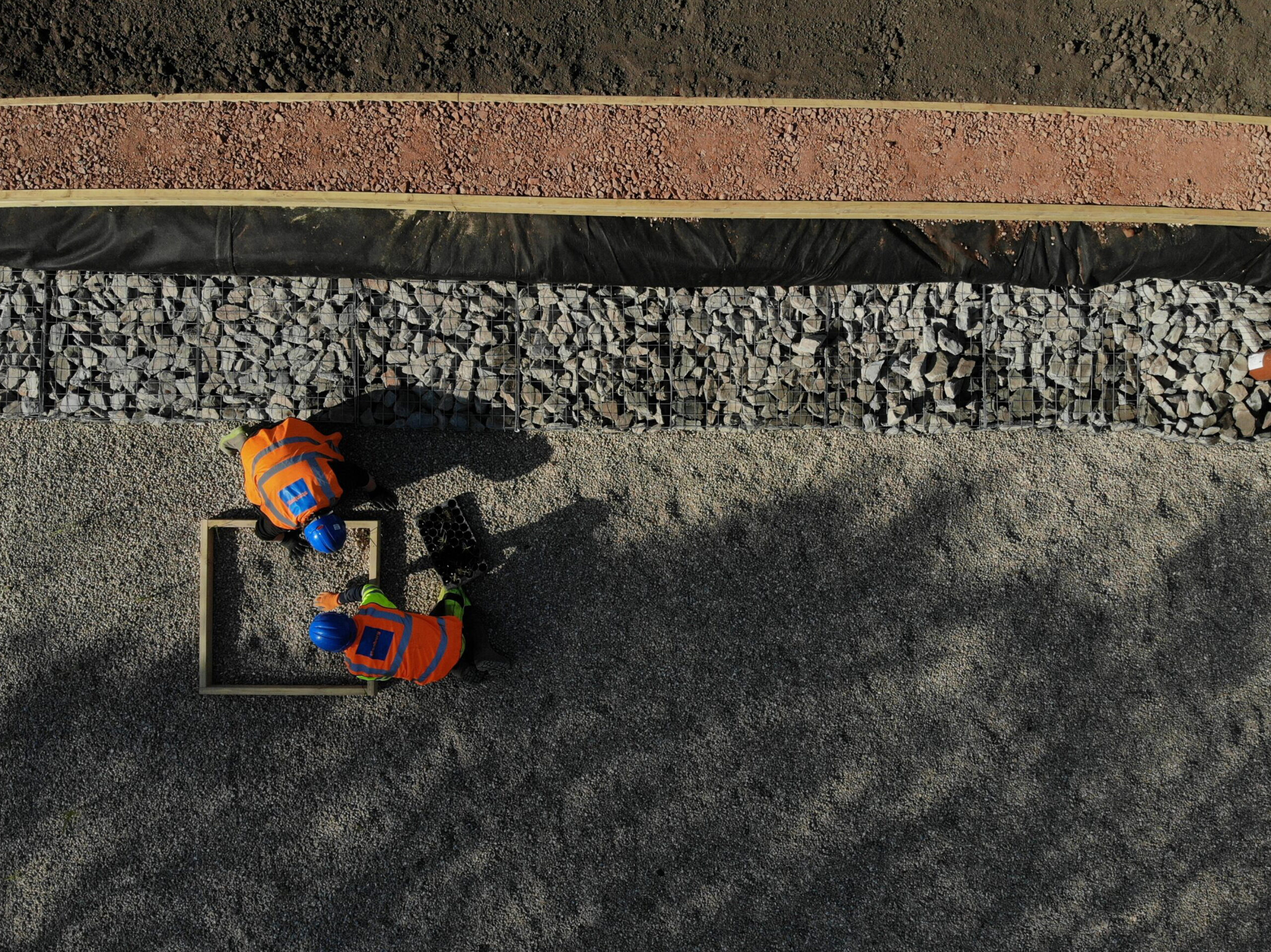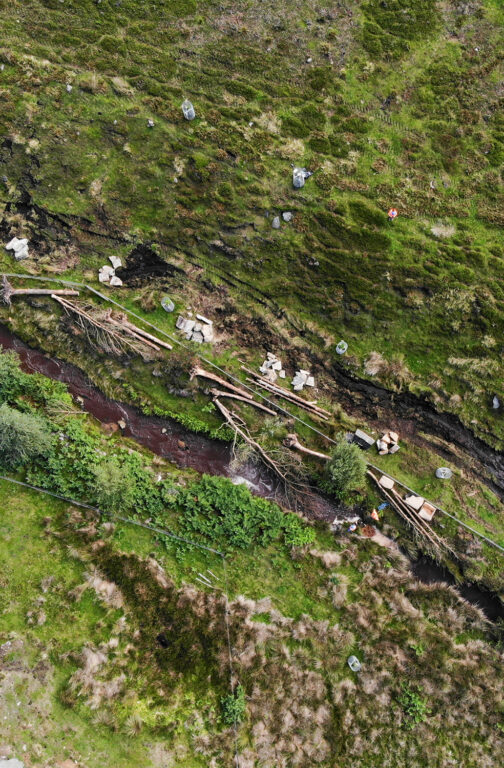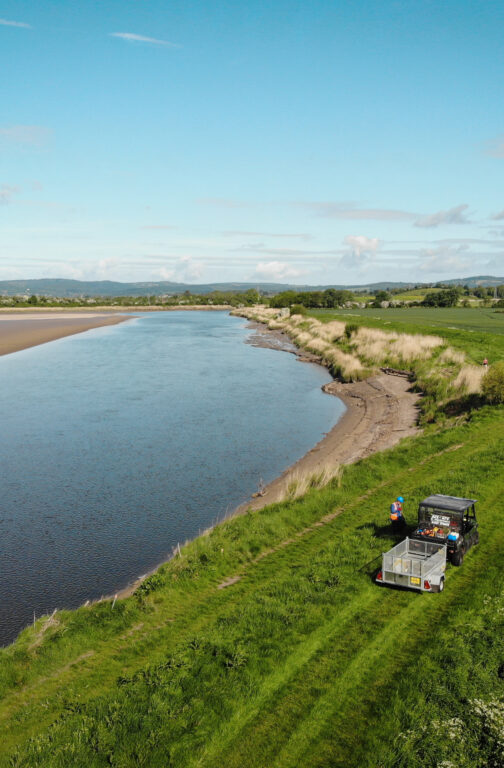Across Britain’s water networks, thousands of obsolete wastewater assets could deliver at least another decade of enhanced performance – often at a fraction of new construction costs.
A shift in how water companies approach infrastructure investment has encouraged a move away from new-build replacement in favour of intelligent refurbishment, which combined with nature-based solutions, can significantly extend asset lifespans.
Stonbury is pioneering this transformation, proving the right expertise and approach can reinvigorate existing infrastructure and deliver superior environmental outcomes

The hidden potential in existing assets
Britain’s wastewater network contains thousands of assets that water companies believe have reached end-of-life. Stonbury’s experience across multiple framework contracts tells a different story.
Stonbury is breathing new life into a considerable number of derelict wastewater treatment assets that had previously been written off. These projects restore filter beds, primary settlement tanks, humus tanks, storm storage facilities, and complex treatment systems.
Through intelligent diagnostics and targeted intervention, Stonbury has consistently extended asset lifespans by well over a decade while delivering substantial cost savings compared to new construction.
The approach requires specialist expertise to assess structural integrity, evaluate what can be salvaged, and determine how to integrate modern performance standards within existing infrastructure.
Stonbury implements state-of-the-art technologies across its services, enabling precise assessment and right-first-time results that avoid unnecessary service disruptions.
Smart refurbishment strategies
Effective wastewater asset refurbishment goes beyond simple repair work. It involves enhancing capacity, improving efficiency, and future-proofing infrastructure to exceed current regulatory requirements while anticipating evolving environmental standards.
Stonbury’s recent multi-site programmes demonstrate how strategic refurbishment transforms obsolete assets into high-performing components of resilient networks.
Key actions include structural strengthening using advanced materials, and capacity optimisation through intelligent design modifications.
Refurbishment delivers substantial cost savings and accelerated project timelines, enabling water companies to address capacity constraints and regulatory compliance more rapidly while minimising operational disruption.
Nature-based solutions: The game changer
While conventional refurbishment addresses immediate infrastructure needs, nature-based solutions offer transformative long-term benefits.
Stonbury’s reed bed programmes exemplify this approach, providing effective tertiary wastewater treatment while delivering biodiversity net gain, carbon sequestration, and enhanced flood resilience.
Constructed wetlands integrate with existing treatment infrastructure to boost capacity and improve discharge quality. These systems require minimal energy input, have lower maintenance requirements than conventional treatment technologies, and create valuable wildlife habitats.
Natural flood management strategies reduce the burden on wastewater networks by managing surface water upstream. River restoration projects, sustainable drainage systems, and strategic wetland creation intercept rainfall before it enters sewerage systems, reducing storm overflow risks.
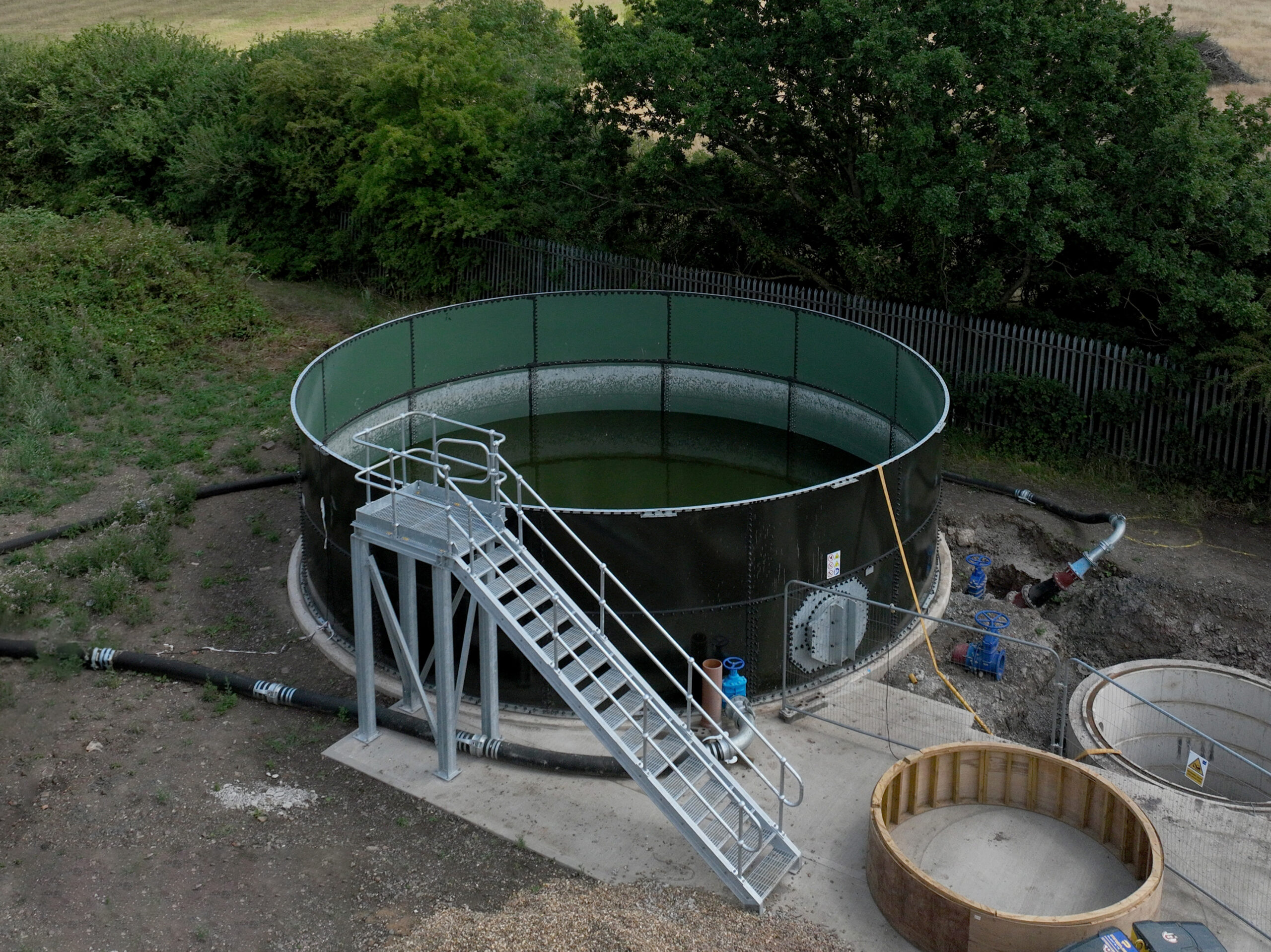
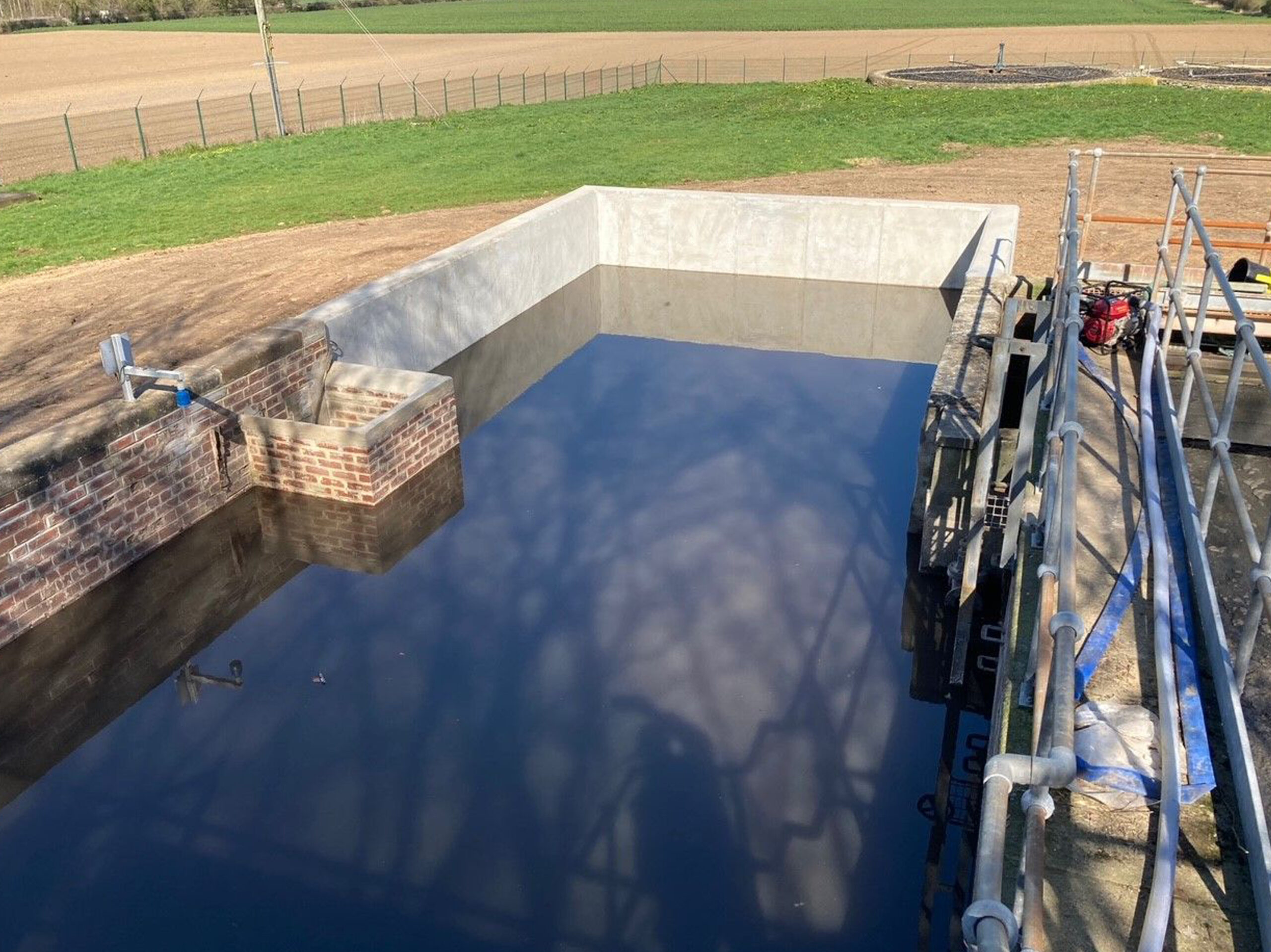
Adopting a whole-system approach
The most effective solutions combine asset refurbishment with nature-based interventions across entire catchments. This integrated approach addresses both immediate infrastructure constraints and long-term sustainability challenges.
Stonbury’s multi-site storm tank programmes demonstrate this methodology. Rather than simply increasing storage capacity through conventional expansion, comprehensive solutions include tank refurbishment, constructed wetland integration, and upstream flood management measures.
This whole-system thinking extends to carbon reduction. Stonbury’s collected data highlights that refurbishment
sees, on average, a 75% reduction in lower embodied carbon than new construction, while nature-based solutions actively lower carbon and reduce operational energy requirements.
Collaborating innovation
Stonbury works closely with clients from initial assessment through design, construction, and commissioning, ensuring solutions are tailored to specific site conditions and operational requirements.
Operating as both principal designer and principal contractor across framework agreements with major water companies and the Environment Agency, Stonbury brings over 40 years of specialist experience to each project.
Every project contributes to the company’s understanding of optimal refurbishment techniques and nature-based solution design, enabling continuous improvement across all programmes.
Looking forward
As AMP8 planning intensifies, water companies face critical infrastructure investment decisions. The evidence is compelling: intelligent refurbishment combined with nature-based solutions offers superior performance, dramatic cost savings, and significant environmental benefits compared to new-build alternatives.
This approach creates resilient, sustainable wastewater systems that adapt to future climate scenarios while delivering measurable environmental and financial benefits.
Water companies have the opportunity to breathe new life into their asset portfolio by utilising nature’s treatment capabilities. Intelligent refurbishment offers a pathway towards enhancement that doesn’t compromise sustainability.
